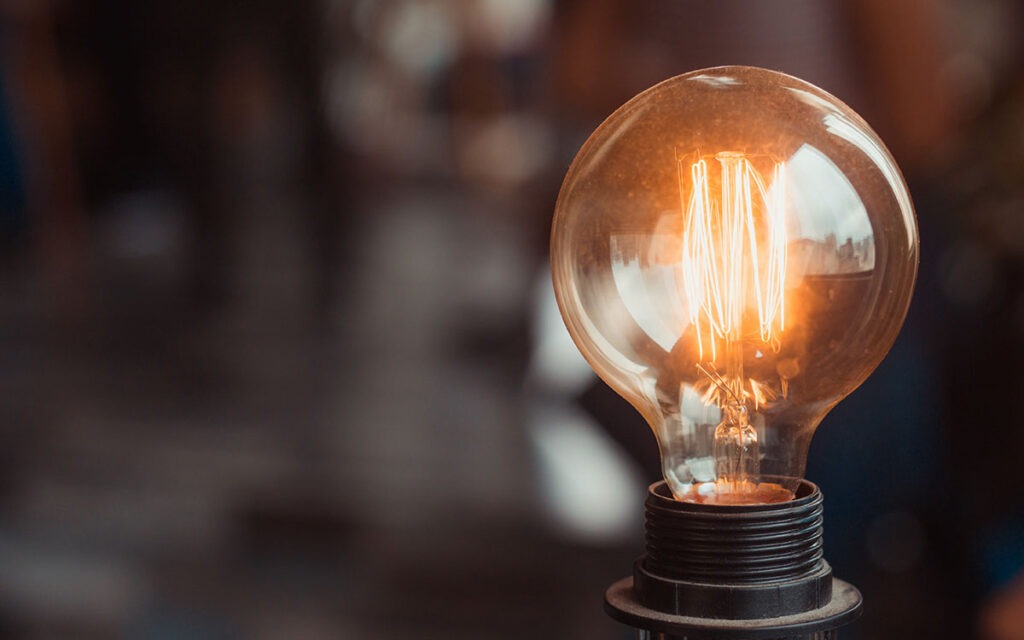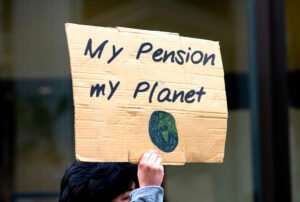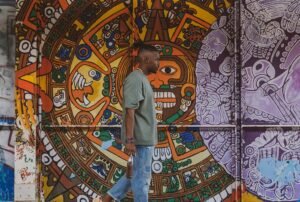
Rural America is primarily powered by electric cooperatives, which have tripled their renewable energy capacity over the last decade. Projects such as the Microgrids, Infrastructure Resilience, and Advanced Controls Launchpad should accelerate this positive trend by using data and case studies to prove the cost-effectiveness and reliability of renewable energy sources such as wind. On a smaller scale, renewable energy is powering the expansion of electrification to remote parts of Nigeria, enabling rural and coastal communities to become energy independent and unlock economic opportunities like never before. Nigeria’s rural electrification expansion can teach the US the importance of meeting communities where they are as we move away from our dependence on fossil fuels.
According to a January 2022 IRENA Analysis, Nigeria, along with Ethiopia and the Democratic Republic of Congo, have some of the largest populations on the continent living without electricity access. Electrification data shows that Nigeria has an electricity-access rate of around 55 percent. This leaves an estimated 90 million Nigerian citizens without access to grid electricity—most of whom live in rural and semirural areas.
The country’s unreliable power supply limits residents’ access to a functional healthcare system, quality education, and potable water. Unreliable electricity also limits the growth of many Nigerian businesses and, indeed, the country’s private sector as a whole, leading to annual economic losses of around $26.2 billion, according to a World Bank press release, which ranks Nigeria 171 on a list of 190 countries in electricity access. Challenges posed to businesses include a lack of access to farm irrigation and facilities in which to store perishable products.
For example, fishing is the major industry of Ajemitale-Odonla, a coastal town in Ondo, a state in Southwestern Nigeria. The closest national grid is about 30 kilometers (approximately 18 miles) away by waterway. Lack of access to grid electricity has limited the town’s ability to realize its economic potential; fishermen in the area have no refrigeration and reported frequent losses as much of their catch must be thrown away. Locals have started to migrate to neighboring communities in search of improved conditions.
But recently, a solar project made its way to Ajemitale-Odonla, changing life there for the better.
Let There Be Light
“When children wake up at night, they have light to study,” says Ajimitale Johnson, a shop owner in Ajemitale-Odonla.”
Ashdam Solar, a renewable-energy company, is giving Ajemitale-Odonla and six neighboring communities energy independence with the installation of a 56-kilowatt solar mini-grid system. With support from the US African Development Foundation and All On, an independent impact investor, the installation provides decentralized, renewable energy to over 1,500 people in 300 households, 56 businesses, three churches, and one school. Ajemitale-Odonla, along with neighboring villages, now has constant access to electricity—making the town’s electricity even more reliable than in some urban areas.
“Part of the reason why we chose the Ajemitale-Odonla coastal community was because we wanted to get to the last-mile communities where the national grid had not gotten to,” Damilola Ashaleye, cofounder and chief operating officer of Ashdam Solar explains.
“Before now, we were in darkness. We did not have electricity. We always used kerosene lamps when night falls. Some people use generators, which pack up [stop working] after about six months,” says Oladele Orisamakin, the traditional leader of the community. “When children wake up at night, they have light to study,” says Ajimitale Johnson, a shop owner in Ajemitale-Odonla. “Business is boosted too. All the drinks I sell, I put them in the fridge,” he says. “The benefits we have had are uncountable.”
Indeed, community members have lauded the initiative for helping them lower their business costs. “These lights help us so much because in a week we spend nothing less than 5000 naira [approximately $11 USD] by burning fuel, but since Ashdam Solar came, in a week, we do not spend more than 1000 naira [approximately $2.30 USD],” says Demeyin Omosuyi, a bar and a grocery store owner in Ajemitale-Odonla.
Sign up for our free newsletters
Subscribe to NPQ's newsletters to have our top stories delivered directly to your inbox.
By signing up, you agree to our privacy policy and terms of use, and to receive messages from NPQ and our partners.
To further enhance energy independence, Ashram trained town members to become solar experts and maintain the solar mini-grid remotely, teaching them standard operating and maintenance procedures so they can keep an eye on the system, check power lines, report customer complaints, and engage in other operational and maintenance issues that may arise.
Having received training at Ashram’s Solar Academy, which offers classes on solar installation, design, and customer service, some of these solar experts have also become Ashdam Solar vendors and now sell electricity and other solar equipment to the community as consultants. When a community, business, or household expresses interest in installing a system, consultants act as a liaison to ensure all needs are met. Ashdam Solar is also illustrating the importance of engaging with rural, lower-income communities by providing sustainable payment models that will allow widespread adoption of renewable energy across the country.
Despite the project’s success, integrating the mini-grid into the community did not come without challenges. Many community members had never been exposed to solar energy and were wary of promises of uninterrupted electricity. It was also tough for some community members to believe that they could pay less for electricity as they had always relied upon diesel fuel, which was relatively expensive.
But Ashdam Solar was ready to listen. It enlisted the help of a community-based liaison officer to begin building relationships. The officer helped Ashdam approach community members, understand their needs, and break down the project’s financing and how it would provide reliable energy. “We designed the solution to solve their problem, not to solve the problem of those in the urban areas,” says Ashaleye.
Lessons Learned
Communities across rural America can learn lessons from projects like Ajemitale-Odonla’s.
Some towns are already moving forward and seeing the benefits of renewable energy. For example, St. Mary’s, AK is a remote coastal city that has relied on imported fuel for power, just like Ajemitale-Odonla. Its fuel supply stock was often compromised by the area’s rough winters and forceful winds which often delayed needed resources. But in 2019, the village, which is only accessible by boat, started to leverage wind energy by building a 900-kilowatt wind turbine—named the St. Mary’s/Pitka’s Point Wind Energy Project. The project now produces about 50 percent of St. Mary’s power and has saved the village over $355,000 in fuel expenses since 2020.
Federal investment is also helping rural America reach its full renewable-energy potential. Earlier this year, the USDA announced that it would put $2.7 billion towards expanding, modernizing, and securing the rural electric grid though the Electric Infrastructure Loan Program, which gives insured loans and loan guarantees to electric cooperatives and other nonprofits for the construction of renewable-energy projects.
However, even though such resources are available, rural Americans are often still left behind. The key lesson that the US can take from Nigeria is the importance of tapping existing community assets, such as liaison officers, and meeting community members where they are in order to grow renewable energy and give communities access to reliable, autonomously generated electricity.








